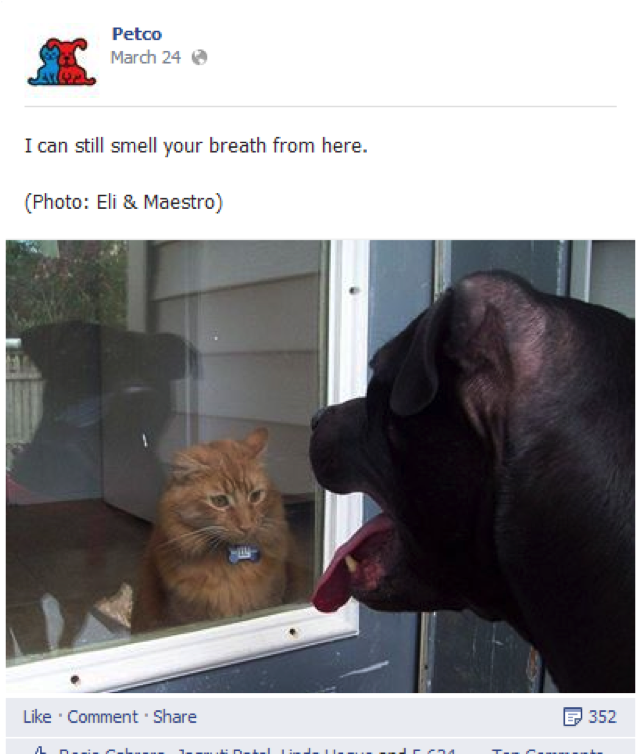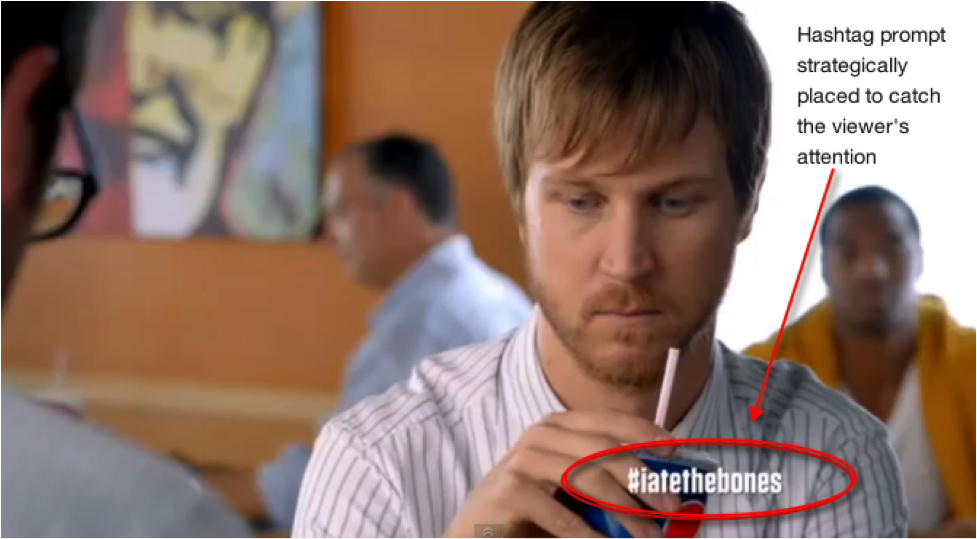Innovative Marketing Ads via Social Platforms
3Mixing business with pleasure is nothing new. In the 1950’s, for example, the concept of “working a room” emerged to bridge the gap between traditional socialization and business networking. It was no surprise that when social media erupted onto the scene early in the millenium, businesses would find a way to migrate onto a platform putatively reserved for friends and family (and despite Facebook’s initial claims to the contrary). Now that social media has evolved into so many distinct flavors, the question is how to maximize the potential specifics of each one. Here is a look at successes among the biggest platforms:
With its 750 million users worldwide, Facebook tacitly challenges its users to ignore its client outreach potential at their own peril. By the same token, however, given that upwards of 15 million of these accounts are managed by companies of some kind, the signal-to-noise ratio can be a challenge to overcome. This obstacle becomes even more prickly in light of the nature of Facebook: given the site’s relatively muted format, advertisers generally forego immediately splashy campaigns in favor of those that build an image over time.

One company that does everything right in its long game is national supplier Petco. A masterful Facebook strategy must harness the sharing energy of its followers, and Petco has tapped into a motherlode. As we all know, it’s not a challenge to get people to share pictures of animals in general, and unlike many companies, Petco sets up lucid protocols as to what to put on its wall. Next, Petco has opted to sync its Facebook page with its e-commerce function, automatically generating social media traffic through a practical usage. Finally, Petco regularly rewards those who “like” them with coupons and promotions, creating a clear payoff for participation. While none of these tactics alone seems to jump off the page, the integration of all these elements has translated into a runaway success.
Vine
If Facebook is all about the long haul, then Vine is a clear case of making your one shot count. A short attention span theater in a medium already conducive to ADD, Vine is most conducive to campaigns that can generate intrigue on the quick.
One way to get customers sucked into the Vine loop is through immediate visual gratification: surging kinetic energy, bold and basic iconography, and a clever use of product should all come into play. A textbook example of this can be seen in Samsung’s animated basketball Vine hawking its Galaxy smartphone. The spot is as titillating as it is successful in highlighting its product, and it potentially synergizes sports interest as well.
However, even companies who don’t command a third of South Korea’s GDP can afford to take advantage of Vine. High-tech animation is arresting, but the secret to a successful social media campaign is to get followers to buzz up the clip through sharing. For these ends, nothing gets the job done better than a blast of surreal humor or an cryptic headscratcher — even at the same time. While advertisers can go too far in pushing the envelope, when the balance is right the results will get people talking, as can be seen in Old Spice’s ongoing strain of goofy loops. Indeed, the “cheap laugh” approach is indeed cheap, so on top of being cost-effective, it’s a great platform from which to invite fan-generated Vines, as Old Spice has done.
Finally, there is Vine’s parent site Twitter. In some ways a sort of Vine without pictures, Twitter too relies on quick attention fixes, but is more conducive to sharing than its more visual relative. To wit: there is no verb equivalent to “tweeting” on Vine. Because of this, a successful Twitter campaign must take advantage of the hashtag much more so than with other platforms. The ephemeral quality of Twitter can result in surges of spontaneous communities that flock around a shared moment of interest, and this effect can come from a well-placed hashtag. Comedy Central, for example, was able to drum up 25,000 tweets among viewers of its roast for Donald Trump when it flashed a hashtag that was placed at just the right time and with all the right keywords.

Image Courtesy of MuddyWall.com
On the flipside, some companies maximize success through massive blasts of outbound tweets heralding events and promotions that warrant a call to action. Given the real-time nature of Twitter feeds, promotional tweets are head and shoulders above email blasts for time-restricted goings-on. To these ends, AirBNB struck it rich using promoted tweets to get the word out on its innovative subletting option. Indeed, for new product and service rollout, Twitter may be the way to go.
Of course, it’s likely that a company should pursue marketing across multiple platforms in a way that synergizes activity among them. However, not only should marketers plot their campaigns against the natural shape of each platform, they should also ask which platform is most conducive to the essence of the brand in question. A colorful candy might work best via Vine, for example, while an outfit with a more opaque concept might want to invest more energy into a Facebook campaign. As always, some of the most successful ads are those that go against the grain, but it’s a good idea to grasp the rules of the game before breaking them. Do you know any other examples?





[…] The original post can be found here: Innovative Marketing Ads via Social Platforms […]
Hi Camille 🙂
I have been trying to maintain a solid ratio of sharing pictures on Twitter, only as of recently, but the results I have been seeing have been more than great, surprised that people don’t look at such tactics as bad, and actually encourage you to do more by sharing those graphical posts with their friends. Great roundup, thanks!
Really A new and master concept, Thanks for share.